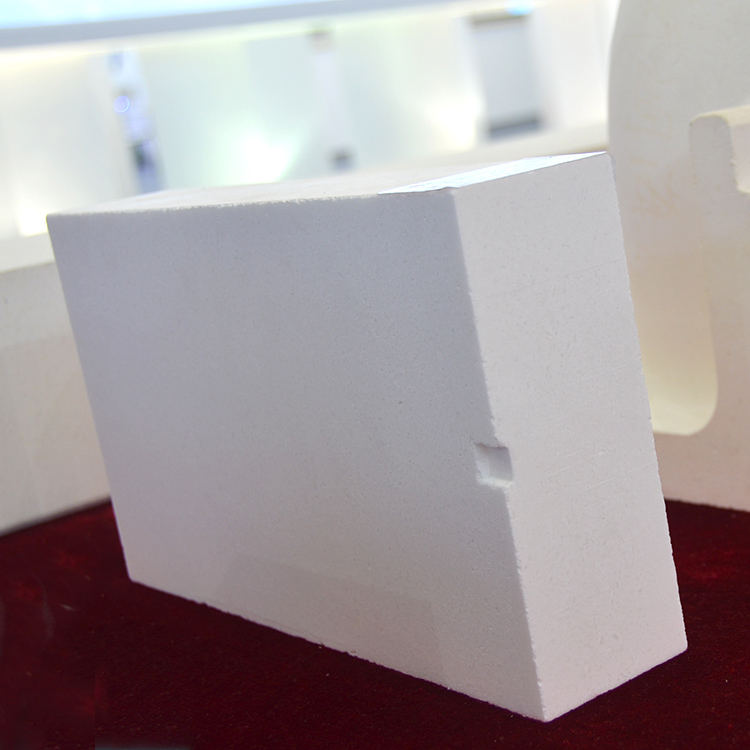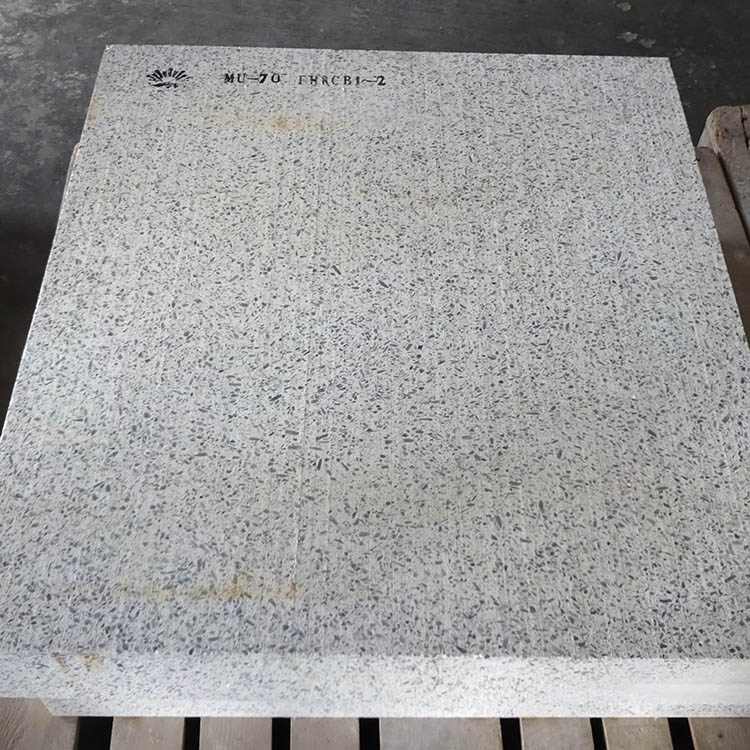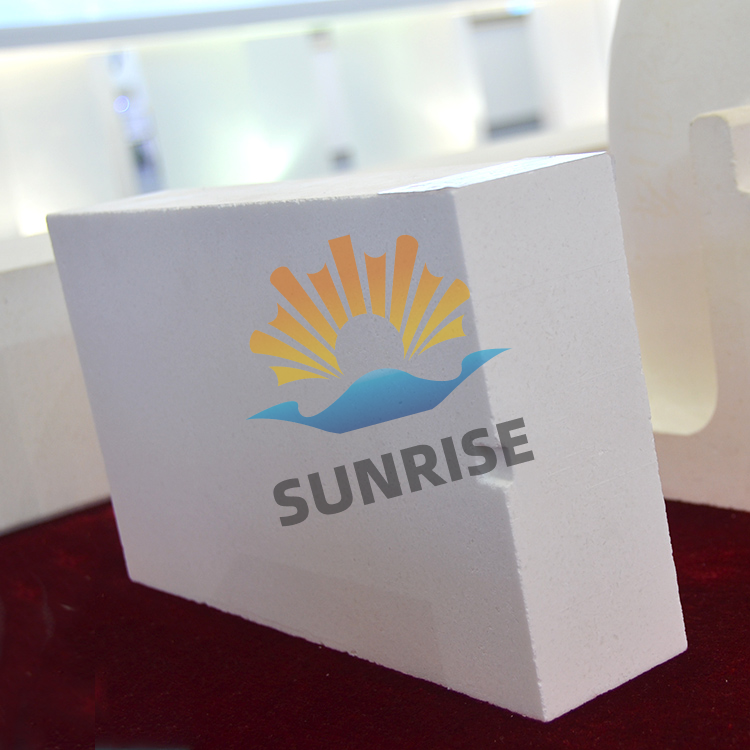
When it comes to selecting refractory materials, many customers often find themselves in a state of confusion. With a wide range of options available in the market, making the right choice can be a daunting task. Among the various refractory materials, mullite bricks have gained significant popularity due to their excellent performance in high - temperature environments. In this article, we will delve into the world of mullite bricks, specifically focusing on sintered mullite bricks and fused mullite bricks, to help customers make informed decisions.
The raw materials for sintered mullite bricks mainly include bauxite, clay, and other aluminosilicate minerals. These raw materials are first crushed, milled, and then mixed in specific proportions. After that, they are formed into brick shapes through processes such as pressing. Subsequently, the green bricks are sintered at high temperatures, usually between 1600 - 1800°C. Sintered mullite bricks have good thermal shock resistance, with a thermal shock resistance of up to 20 - 30 times at 1100°C. Their refractoriness is around 1750 - 1800°C, and they have a relatively high porosity, typically ranging from 18% - 25%.

Fused mullite bricks are made from high - purity alumina and silica raw materials. These materials are melted in an electric arc furnace at extremely high temperatures, around 2000 - 2200°C. The molten material is then cast into molds and cooled slowly to form bricks. Fused mullite bricks have a very high density, with a bulk density of about 3.0 - 3.2 g/cm³. They offer excellent corrosion resistance, and their refractoriness can reach over 1800°C. Their thermal conductivity is relatively low, around 2 - 3 W/(m·K) at 1000°C, which helps in energy conservation.

| Aspect | Sintered Mullite Bricks | Fused Mullite Bricks |
|---|---|---|
| Composition | Mainly bauxite and clay | High - purity alumina and silica |
| Manufacturing Method | Pressing and sintering | Melting and casting |
| Performance | Good thermal shock resistance, higher porosity | High density, excellent corrosion resistance |
In the metallurgical industry, sintered mullite bricks are often used in the lining of intermediate frequency furnaces due to their good thermal shock resistance. Fused mullite bricks, on the other hand, are suitable for the lining of steel - making converters because of their high corrosion resistance. In the glass industry, sintered mullite bricks can be used in the regenerator chambers, while fused mullite bricks are ideal for the areas in contact with molten glass, such as the throat and forehearth. In the ceramic industry, sintered mullite bricks are commonly used in kiln cars, and fused mullite bricks are used in high - temperature firing zones.

In conclusion, sintered mullite bricks are characterized by good thermal shock resistance and relatively lower cost, making them suitable for applications where thermal shock is a major concern. Fused mullite bricks, with their high density and excellent corrosion resistance, are more appropriate for harsh high - temperature and corrosive environments. It is crucial for customers to choose the right type of mullite brick according to their specific requirements.
Are you still confused about which mullite brick to choose for your project? Our team of experts is here to assist you. Contact us now to get personalized advice and high - quality mullite brick products tailored to your needs!


